Still using the washing machine ten years ago? Take a look at this.
What makes a good washing machine? The answer is simple: clean clothes, no detergent residue, and maybe even protection for your garments, water efficiency, or long-lasting performance. However, most people believe that the key factor is reliability—fewer faults and a longer lifespan. But is it really true that the longer a washing machine lasts, the better?
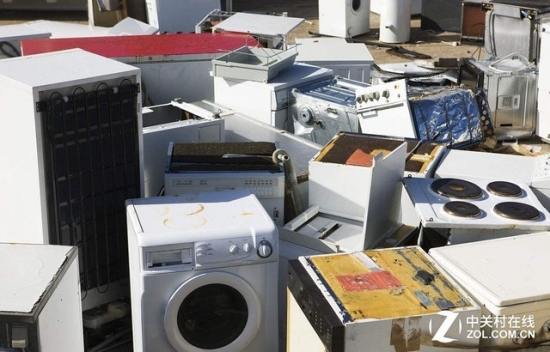
Why don’t we replace a washing machine if it’s still working?
Washing machines are one of the most common home appliances, found in almost every household. However, due to their low usage frequency and minimal wear and tear, many consumers don’t pay much attention to them. Even when the machine starts showing signs of inefficiency, people often tell themselves that it's just the detergent or the dirtiness of the clothes. After all, if you only use it once or twice a week, and it looks clean on the outside, it's easy to ignore what's going on inside.
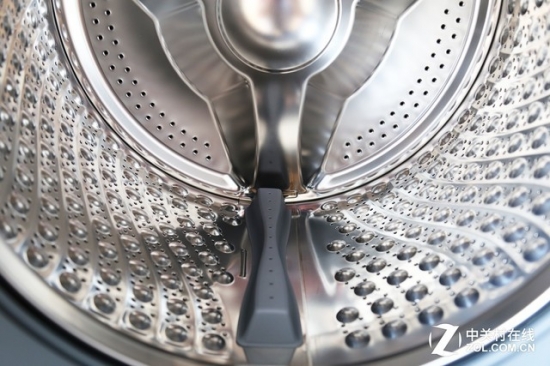
What lies behind the shiny surface?
Have you ever wondered what’s really inside your washing machine? I did a disassembly test, and the results were shocking. On the surface, everything looked clean, but beneath the drum, there was a lot of buildup that had gone unnoticed for years.
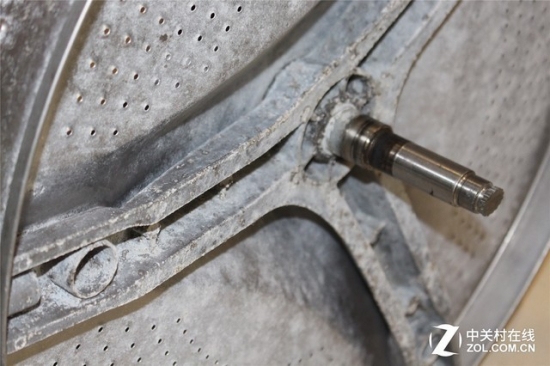
Behind the drum washing machine
Such is the condition of the inner drum after years of use.
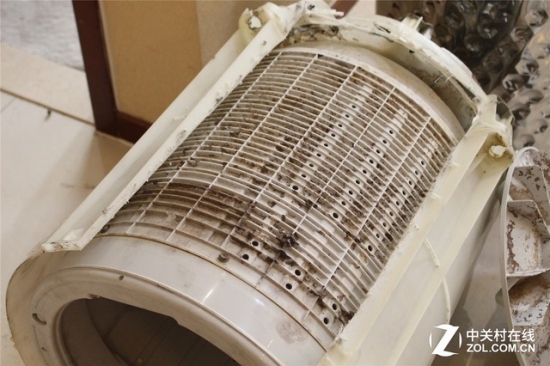
The outer tub of the washing machine
And this is how the outer part looks.

Outer drum of the washing machine
There’s a lot more than meets the eye.
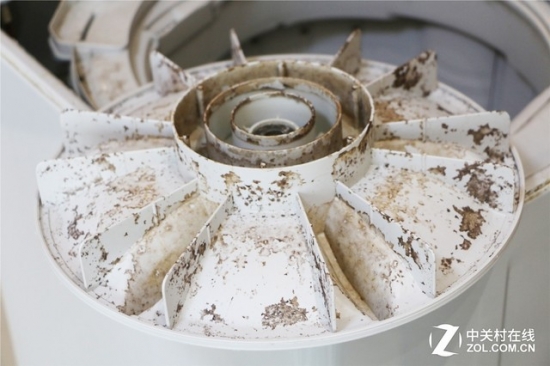
It looks pretty bad. I felt like my clothes weren’t as clean as I thought they were. Due to the internal structure of washing machines, dirt and grime tend to accumulate over time, which can be harmful to your health. Our tests showed that washing machines used for over five years have significant buildup inside, regardless of how often you clean them. This buildup can contaminate your clothes and pose a hidden health risk.
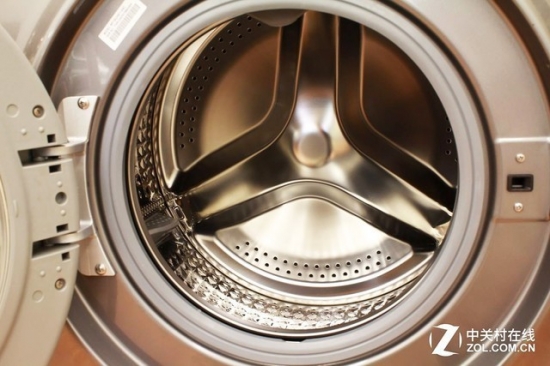
For your health, we recommend replacing your washing machine every 5–6 years.
Although modern washing machines come with self-cleaning functions and specialized cleaning agents, none of these methods completely eliminate the buildup. It seems that the best solution is to replace the machine before it becomes a serious problem.
Even though many consumers now know about the issue of internal buildup, why do so many still choose to keep their old machines? This question brings us to another important point.

Why don’t people change their washing machines, even if they know it’s unhealthy?
First, the structure of a washing machine is complex, with an inner and outer drum. The inner drum, which rubs against clothes during washing, tends to collect dirt. Because of the design, it's hard to clean without professional tools. Many people don’t see the problem, so they don’t act on it.
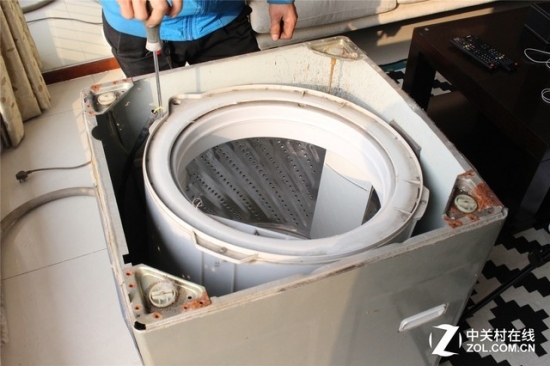
Additionally, Chinese culture values frugality and practicality. While more people are becoming aware of health and quality of life, many still prioritize cost-effectiveness over long-term benefits. As a result, even when they know there’s a problem, they may wait until the machine breaks down before replacing it.

From a social perspective, although awareness of health and hygiene is increasing, most people still focus on price and durability. High-quality products aren't always the first choice, especially among middle-class consumers. This means that even those who know about the issue might not know what kind of washing machine to buy or how to effectively prevent stains.

Washing machines affect our health and hygiene — we can’t ignore it.
In conclusion, washing machines are one of the most essential appliances in our homes, yet they’re often overlooked. Despite improvements in technology, internal buildup remains a persistent issue. To protect your health, it's not enough to rely on self-cleaning features or cleaning agents. You should also consider replacing your washing machine every 5–6 years to avoid secondary contamination from accumulated dirt.
7"-65"
G+G capacitive touch screen,multi touch screen table,multi touch PCAP
Guangdong ZhiPing Touch Technology Co., Ltd. , https://www.zhipingtouch.com